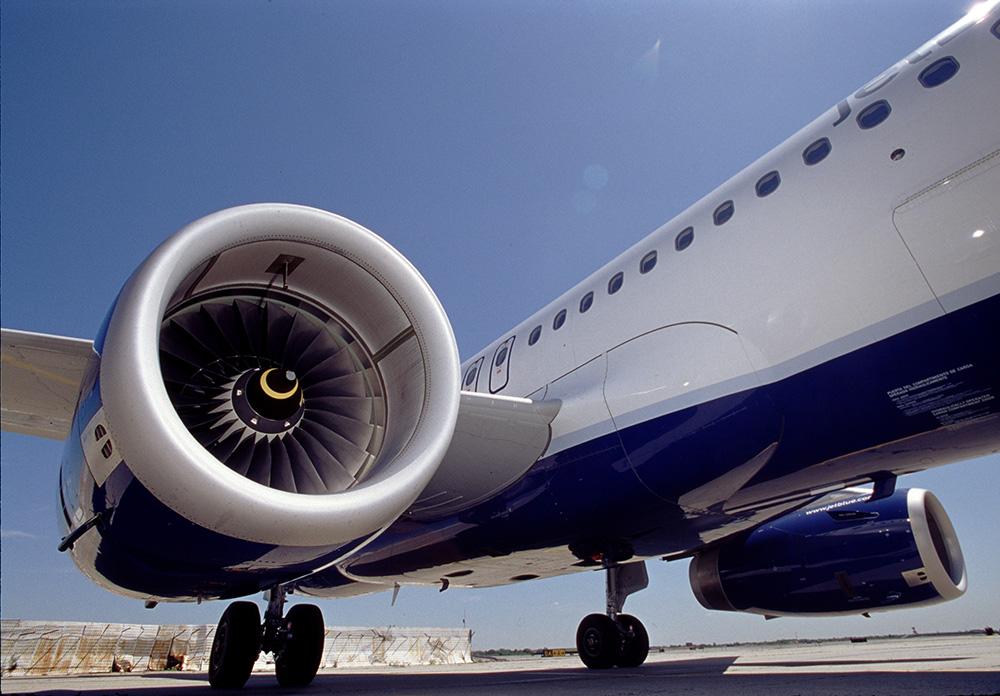
Aircraft parts market trends are changing as the industry moves steadily into recovery. According to Stephen Fer, general manager of SR Technics’ new component maintenance subsidiary Strade, 2022 marks the transition from hope to growth for the aviation aftermarket.
Speaking at an ILS webinar on the aftermarket, Fer forecast MRO growth of 3-3.5% annually going forward.
Fer also predicted that the future will see much more exploitation of used parts in a much more mature market for these parts. The predicted massive flood of teardowns and flood of used parts didn’t happen during the pandemic, but airlines have been making much more use of the used serviceable materials (USM) that were available.
“During the pandemic, airlines embraced USM in full,” Fer said. Prior to COVID-19, Asian and European carriers made only limited use of USM, usually to handle AOGs, but Fer said this has now changed. All airlines are now attracted to USM because costs are lower and suppliers of used parts have proved they can be trusted, he argued.
Another post-COVID change may be the diminished role of power-by-hour (PBH) maintenance support. “PBHs need to be flexible; they have been very cumbersome,” Fer said. Minimum fees were especially stressful during the massive traffic slump, he said.
Strade is now seeing fewer requests for PBHs and the ones it sees are smaller. Airlines are instead increasing in-house part management and concentrating PBHs on just a few components. “Nose-to-tail is over,” Fer argued.
The market for used parts has proved itself to be stable and reliable. With no massive teardowns, most USM prices dropped only 20-30% and are now picking up again. Airlines can now rely on used parts in their basic maintenance strategy, knowing they can work with several reliable, competitive suppliers and obtain fair pricing.
Fer said the only real challenge used part markets face is the one all aerospace sectors now face: getting adequate skilled staff.
Mike Stengel, senior associate with aerospace consultancy AeroDynamic Advisory, outlined the general prospects for the aftermarket for the ILS audience. He predicted overall MRO activity will hit pre-COVID levels by 2024, but will remain below pre-COVID trends for a while afterward.
Smaller regional jets and widebodies will be slower to come back into service. Stengel argued aircraft retirements have been slower than expected for four reasons: parking and storage have been cheap; parked jets give airlines flexibility to meet demand peaks; limited demand for used parts has discouraged teardowns; and new deliveries have been slow.
Stengel sees the cargo boom continuing, with new conversion entrants joining busy traditional conversion shops. He noted the Airbus A321 as an especially good conversion opportunity, with many older aircraft providing ample feedstock.
Furthermore, MRO should accelerate as airlines start to restock and as green-time options fade. For example, Stengel estimates that when 85-90% of an airline’s engine types are back in service, green-time opportunities get very thin.
Stengel also said high-priced oil may force faster retirements of older aircraft, and expensive oil also boosts shipping costs and worsens bottlenecks in the aviation supply chain. Repair turnaround times (TAT) have been getting worse already, partly due to supply chain problems and partly due to labor shortages. Strade’s Fer agreed: “TATs are going through the roof.”
MRO for smaller business jets has done well through the pandemic. Stengel predicted MRO for larger business jets will soon recover as the international routes flown by large business jets open up.
Neither Stengel nor Fer worry much about the grounding of Russian jets slowing the MRO recovery, as these represent only 2-3% of western-built jets.
Jeff Snyder, vice president of business development at parts supplier Avgroup, expects demand will continue to be strong for the regional cargo aircraft that link main hubs with smaller towns as the online sales boom rolls on. He has also seen a big boost in chartered business aircraft during the pandemic and does not think this boost will fade, even after commercial service is restored.
James Alman, manager of data services at ILS, summed up some of the effects of these trends as the digital trading platform registers market activity. He says early 2022 requests for part quotations are running at about pre-COVID levels, both in quantity and value. There is more use of USM and PMA parts now. One very popular part now is a nozzle on the Pratt & Whitney V2500, indicating these engines are coming back into service. Overall, the top three part categories in demand are interior equipment, flight controls and landing gear. And “freight is king,” Alman observed, especially Boeing 747s and 767s.
All the webinar speakers foresee increased digitalization benefiting MRO in the future. “Smart contracts and digital passports are very promising,” Fer said. “Markets work well when you can trust partners, and this technology increases trust. This is certainly where we will go in the next 5-10 years.”





